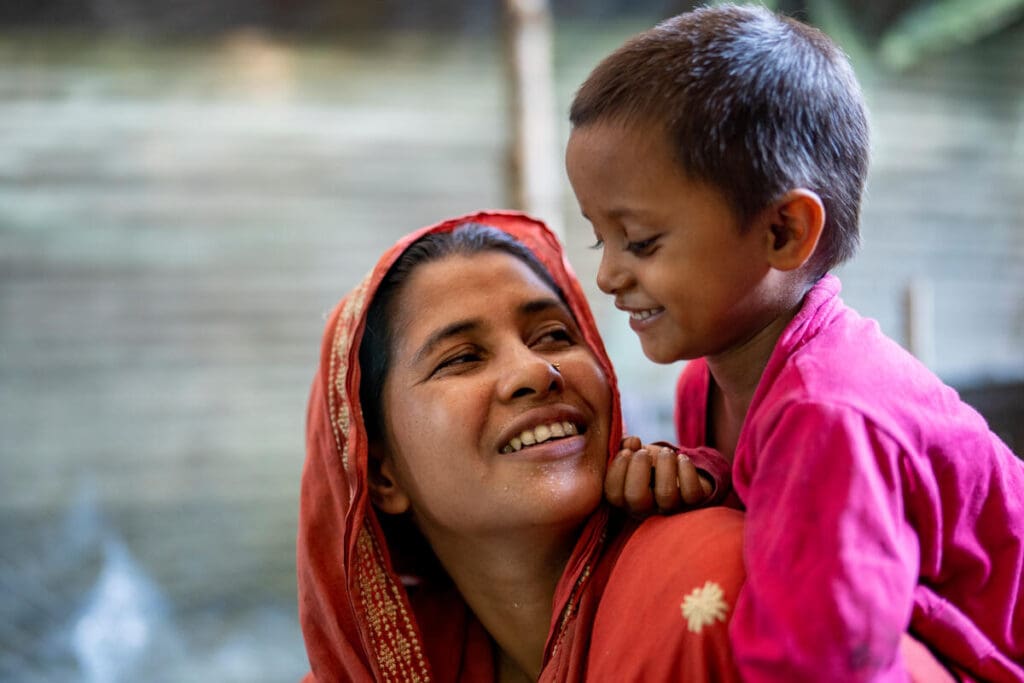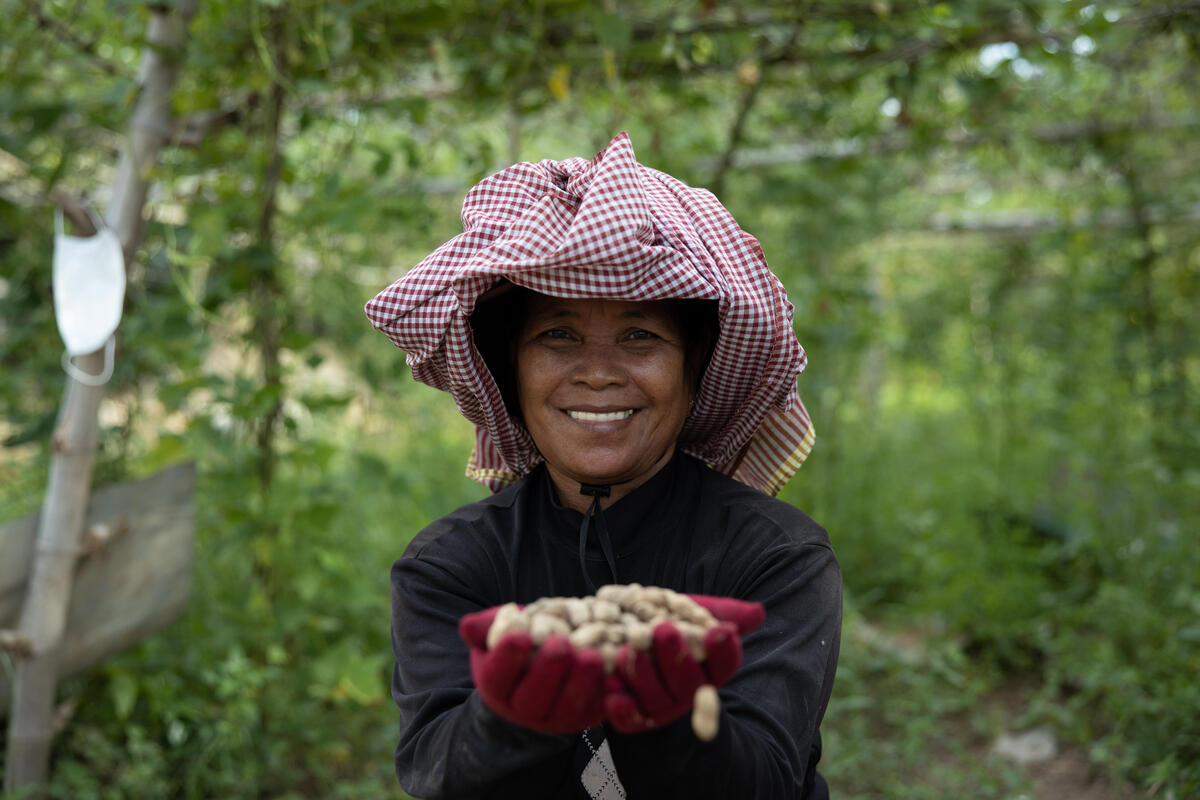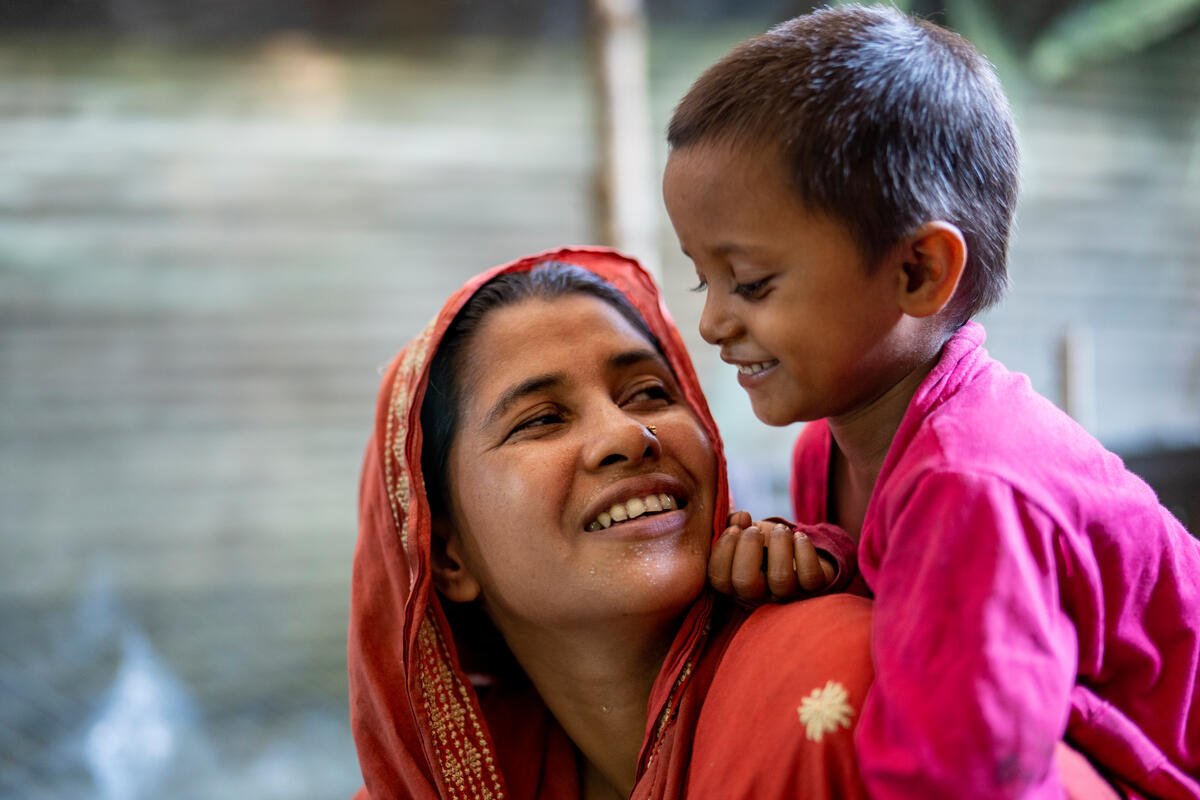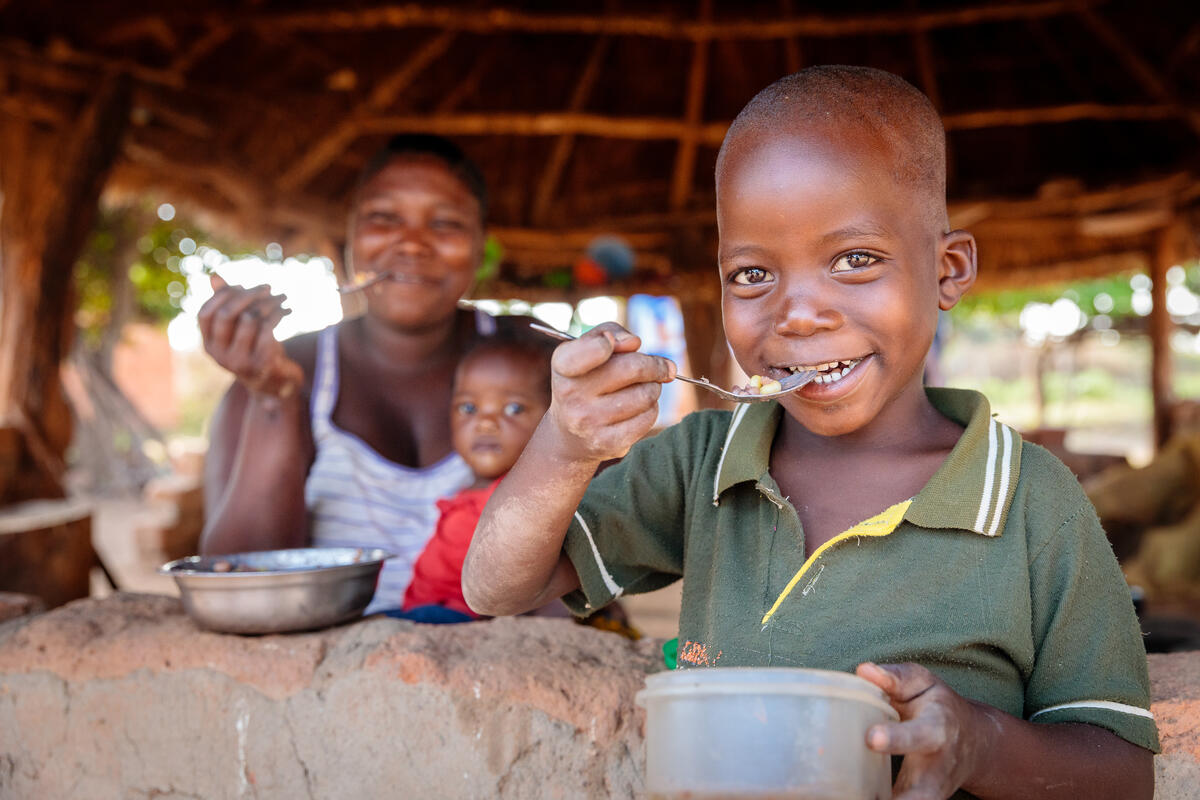In Conversation With Dr. Shea Winsett, Anthropologist and World Food Program USA’s Human Resources Generalist

Every year, on the third Thursday of February, we celebrate World Anthropology Day, a discipline that explores the study of humans. Our culture, language, behavior, beliefs, biology and societies. At World Food Program USA, we are lucky enough to have our very own resident anthropologist: Dr. Shea Winsett. Shea holds a doctorate in anthropology from the College of William and Mary and currently serves on our team as the human resources generalist.
For World Anthropology Day, our Chief Operations and Finance Officer Claudio Silva sat down with Shea to learn about her background in anthropology, how the discipline intersects with the work of the United Nations World Food Programme (WFP) and the role Tik Tok plays in it all.
Claudio: Why did you pursue your degree in anthropology? Did you have a specific focus?
Shea: I didn’t have cable as a kid, so I would stay home from school and watch PBS all the time. Globe Trekker, that was my show. And the other one was Secrets of the Dead; I was really into ancient Egypt at the time. I originally wanted to be an Egyptologist.

Anthropology has four sub-fields: archaeology, socio-cultural anthropology, linguistic anthropology and biological anthropology. And there’s multiple sub-fields of each of those four.
I went to college and majored in archaeology, then started concentrating more on historical archaeology. I slowly transitioned to socio-cultural anthropology. My focus was on African American anthropology and culture, urban anthropology (the study of cities), and educational anthropology.
Claudio: How do you bring anthropology into your day-to-day work with World Food Program USA?
Shea: Within socio-cultural anthropology, there’s a sub-field called business anthropology, and I had always been interested in it. When I started working here, I assumed I was going to be an administrative assistant and instead I was in human resources. As I started working in human resources more and more, I started seeing a lot of overlap.
So, what is that overlap? First thing: questions. Anthropologists are really taught how to ask questions. And some of the main questions we ask are “How” and “Why” questions. “What” questions can be pretty general. For example:
“What’s everyone eating?” Everyone’s eating something and, when I used to teach, I used to say everyone has a chicken and dumpling recipe. The question is how do those recipes differ and why do they differ? When you ask how the recipes are different, then you get into “well, this one has more gravy.” Or “this one has chicken in the dumpling” and “this one is just the dumpling on the side.”
Then you ask why the recipes are different. These people are landlocked and that’s why their recipe is this way. Or these people are closer to the ocean and so they incorporate more seafood ingredients. Or these people live in a very lush area, so they have a lot of vegetables they include in their recipe.

“Asking ‘why’ and ‘how’ creates an understanding of difference better rather than ‘what’ questions, and they really get to the juice, the meat of understanding people,” said Shea Winsett, World Food Program USA’s human resources generalist.
Claudio: Do you see any lessons learned in anthropology being applied to the international work of the U.N. World Food Programme and the continued cultural consideration they bring to the communities they serve?
Shea: Claudio, I love this question because as I’ve been working here, I have had the pleasure of seeing some of the things that I used to teach about culture and sustainability, about conflict and sustainability, and how when resources become few that creates challenges. And then what happens to peoples’ identity when they are no longer rooted in their land, or they’re not with their ethnic group anymore and they just become a “refugee.” How that shapes people.
I’ve had the pleasure, when we’ve invited speakers to come and speak to us, of hearing that the U.N. World Food Programme is really taking into consideration culture in terms of what food staples people need. Culture in terms of recognizing that these people are not just “refugees,” that these are people with history, with backgrounds as individuals and as a group. And the U.N. World Food Programme recognizes that.

“It’s been great to see that we’re supporting an organization that really takes seriously that people are people, they have their own history and can be their own agents of change,” said Shea.
Claudio: How do you maintain your passion for anthropology?
Shea: I see it in everything, so I don’t think it’s going to undo itself! I started becoming interested in archaeology based off movies, ultimately, and TV. I really think that, of course, television is not the end-all be-all, things are exaggerated, but it does give you a little glimpse into the different ways in which things work in other places. I like to watch a lot of TV that is not from America. I love Korean dramas, I love Japanese anime – and I use that as a jumping off point to look further. It leads to more understanding. I also do stay up on reading; I’m part of the American Anthropological Association – the triple A’s.
And I actually love Tik Tok because another sub-field of socio-cultural anthropology is digital anthropology, which is on the up because a lot of our sociality is taking place online. Especially if the metaverse takes off, we’re going to have to have a whole new definition of everything, of what identity is and what culture is as people start to make new cultures and ways of being human online. So I love looking at where that’s going.




